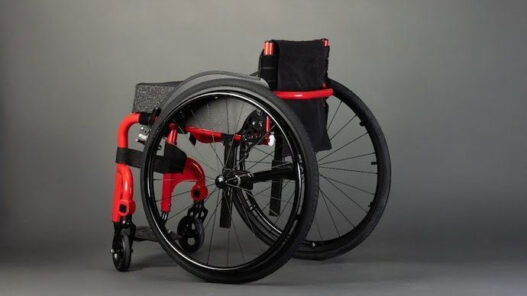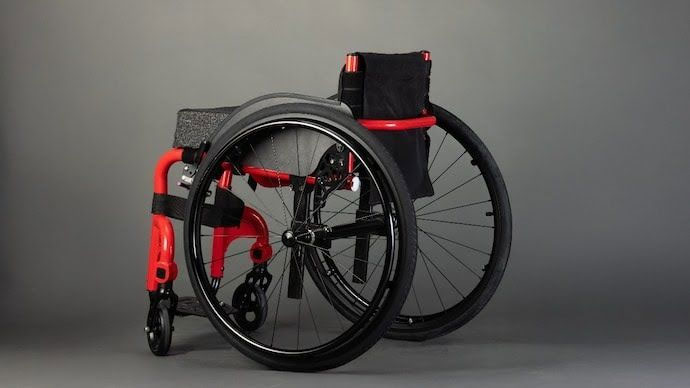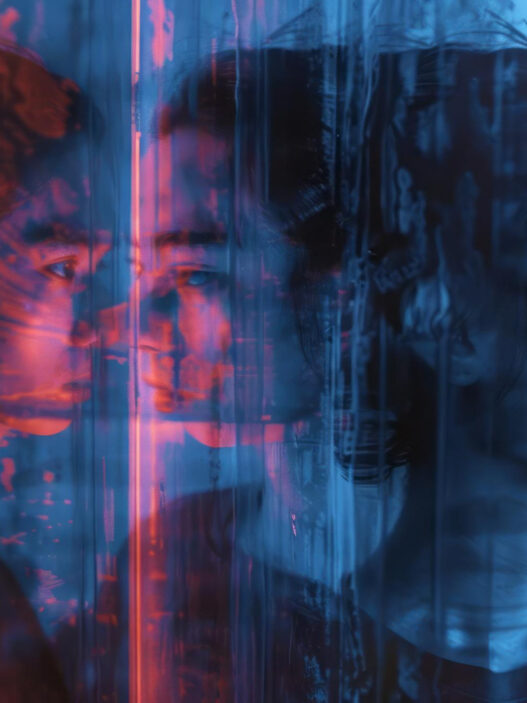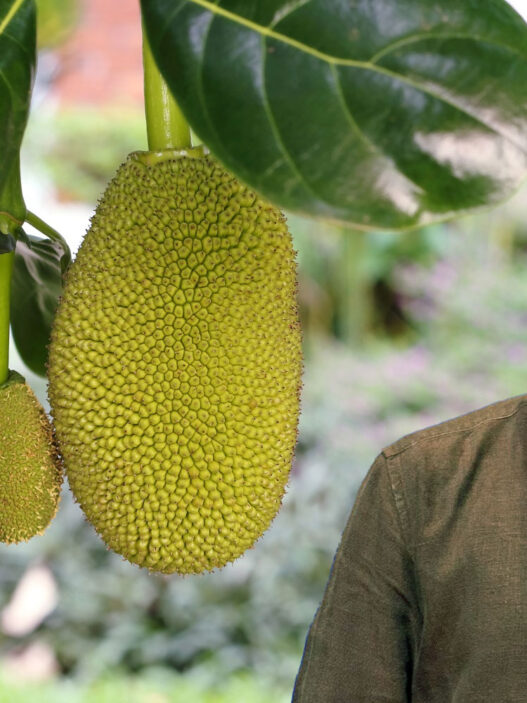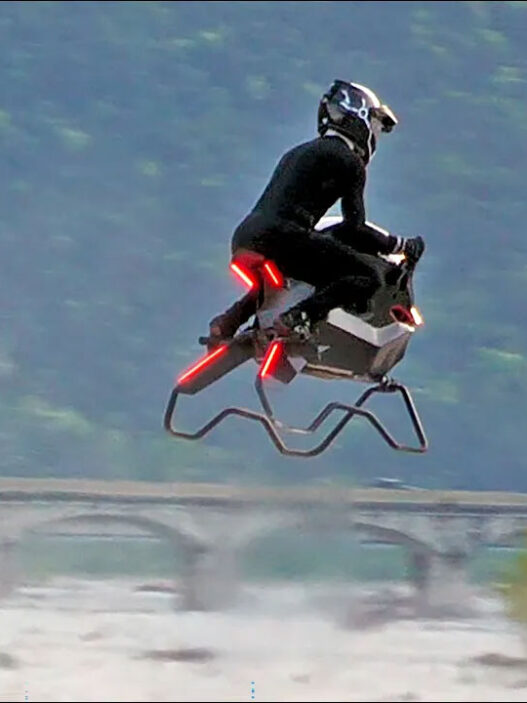On a bright July morning at the IIT Madras campus, the air crackled with anticipation and pride as researchers, innovators, and dignitaries gathered to unveil a breakthrough—YD One, India’s lightest active wheelchair. But this wasn’t just the launch of a device. This was a quiet revolution; a chapter in the reshaping of how India approaches mobility, inclusion, and healthtech.
Beyond Limits: The YD One Story
Imagine a wheelchair so light you can lift it with one hand, yet so strong and tailored that it feels like an extension of your own body. That’s YD One: an ultra-light, mono-tube rigid-frame wheelchair, indigenously designed, precision-built, and engineered to international standards. Weighing just 8.5 to 9 kilograms, YD One slashes the conventional wheelchair’s weight by half. The result? Effortless handling, energy efficiency, and portability—empowering users to handle city traffic, hop into rickshaws, or simply live a more active life.
“IIT Madras is not just creating a product; we’re redefining the very narrative of disability and mobility,” said Professor V. Kamakoti, Director of IIT Madras, in a statement to The Economic Times. Rather than being a symbol of restriction, the wheelchair transforms into a badge of independence and pride.
The Scientific Edge
The YD One isn’t just lighter; it’s smarter. Built with aerospace-grade carbon fiber and aluminum composites, the design is customized for each user’s posture, build, and activity level—with every curve, angle, and weld painstakingly modeled and stress-tested. And in a market long dominated by imports priced as high as ₹2.4 lakh for such light models, YD One shatters barriers at a price point of just ₹75,000.
What’s more, its launch has been supported by partnerships with organizations committed to accessible tech, ensuring that the first batch reaches deserving users through generous CSR initiatives.
India’s Assistive Tech Renaissance
The YD One is emblematic of a much larger movement: India’s rapid rise in healthtech and assistive device innovation. The past few years have seen the emergence of a vibrant startup ecosystem addressing mobility, sensory, and cognitive needs—not as afterthoughts, but as central pillars of social progress.
The Contenders in the Arena
Here are a few standout startups changing the landscape:
- NeoMotion: Born out of IIT Madras, NeoMotion’s NeoFly is India’s first wheelchair custom-built for users, focusing on comfort and high maneuverability. Their NeoBolt power add-on converts any wheelchair into a scooter for outdoors, revolutionizing independent mobility.
- Rut3 Engineering: Based in Chennai and Pune, Rut3 has developed smart wheelchairs with advanced automation, winning national innovation awards. Their mission: make high-tech mobility affordable for all.
- Lifespark Technologies: Tackling neurological mobility impairments, Lifespark offers wearable devices that help people with Parkinson’s Disease reduce falls and regain active lifestyles.
Other players like Dextroware Devices (creating hands-free smart controls), Translead Medtech (innovative sit-to-stand systems), and SunQulp Tech (navigation vests for the visually impaired) underscore the sheer diversity and ingenuity of Indian healthtech startups today.
Numbers That Tell the Story
- The Indian healthtech sector boasted over 10,000 recognized startups in 2023, experiencing a remarkable 127% CAGR since 2016.
- Assistive technology, while still a niche within healthtech, is witnessing aggressive growth and funding. Top startups are receiving government and investor support to scale faster and jump regulatory hurdles.
- Homegrown innovation isn’t just tackling affordability—it’s about dignified design and usability, making Indian solutions increasingly competitive against global imports.
Charting New Paths: What Lies Ahead
With a market expected to touch $50 billion by 2033 in healthtech alone, and medical devices growing at 15% per year, the momentum is palpable. Yet, the true measure of progress isn’t just market size—it’s the everyday stories of mobility, confidence, and opportunity reclaimed for millions of Indians.
As YD One rolls out, the message is clear: The future of assistive technology in India will be lighter, smarter, and far more empowering than the past. Bolstered by passionate entrepreneurs, academic leaders, and an ecosystem that now prizes accessibility and design, India is shifting gears—toward a society where mobility is a right, not a privilege.








